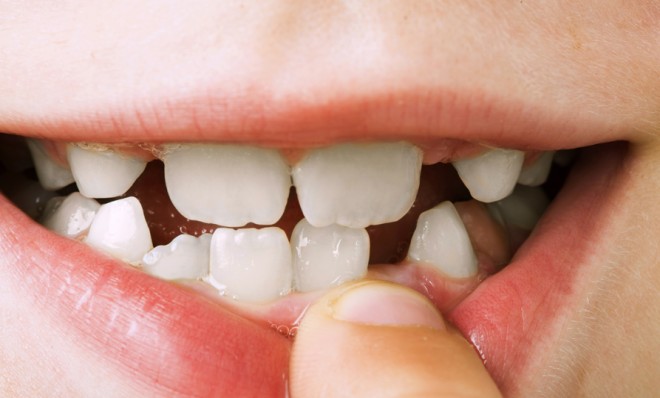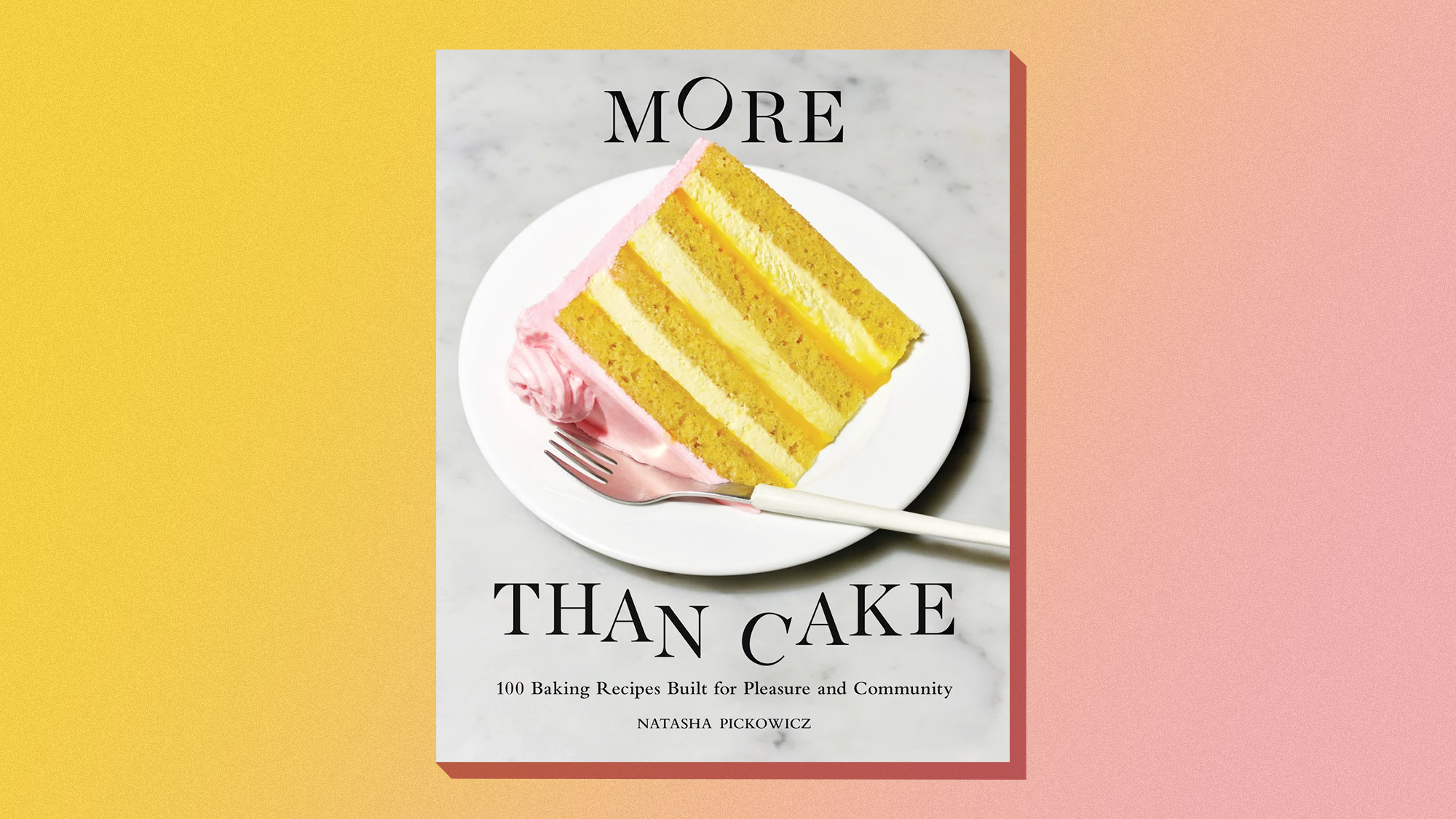Is there a Tooth Fairy bubble?
Baby teeth are the new housing market

Like Manhattan apartments, the value of baby teeth has been skyrocketing lately.
The tooth fairy is paying an average of $3.70 a tooth — a 23 percent rise since last year, and a 42 percent bump from two years ago, says a study Visa released Friday alongside its Tooth Fairy Personal finance app. That means a full set of 20 baby teeth nets an average of $74.
"I think the Tooth Fairy is suffering from irrational exuberance," said Jason Alderman, director of global financial education at Visa, referencing comments ex-Federal Reserve Chairman Alan Greenspan made about the dotcom boom and bust.
The Week
Escape your echo chamber. Get the facts behind the news, plus analysis from multiple perspectives.

Sign up for The Week's Free Newsletters
From our morning news briefing to a weekly Good News Newsletter, get the best of The Week delivered directly to your inbox.
From our morning news briefing to a weekly Good News Newsletter, get the best of The Week delivered directly to your inbox.
He has a point. Baby teeth values are way out of whack with inflation, which over the last year has risen at a rate of just 2.0 percent. So what's the deal?
The hike might be driven by good ol' fashioned guilt, according to Neale Godfrey, chair of the Children's Financial Network and author of books such as Money Doesn't Grow on Trees: A Parent's Guide to Raising Financially Responsible Children.
"I think the amounts have gone up because we feel guilty about our parenting," Godfrey told the Chicago Tribune. "We are not spending as much time with our children as we would like, and so we substitute money for time."
Actually, parents are spending just as much time with their kids as they did in the 70's, say Suzanne Bianchi, John Robinson and Melissa Milkie in their 2007 book, Changing Rhythms of American Family Life. It's more that cultural expectations for "intensive parenting" have changed.
A free daily email with the biggest news stories of the day – and the best features from TheWeek.com
Alderman has a similar theory. The rise in Tooth Fairy payments "is due to a combination of things: One is a reflection of an improving economy and that parents feel they can afford to be generous in small areas. The other real driver is parental angst. It is very hard for us to say 'no' to our kids."
Indeed, a full two percent of parents give $50 or more for a single tooth.
Demographics play a role, too. Young parents aged 18-24 are leaving almost $5 under the pillow. And kids in the Northeast are receiving $4.10 per tooth, while kids in the Midwest get more like $3.30.
The question of how much to leave is enough to drive parents nuts, apparently. Visa's Tooth Fairy calculator is supposed to help parents determine how much other parents in their age group, income bracket, and education level are leaving under the pillow.
No word yet, however, on how the rising value of baby teeth has affected the cost of string and door knobs.
Carmel Lobello is the business editor at TheWeek.com. Previously, she was an editor at DeathandTaxesMag.com.
-
 Education: More Americans say college isn’t worth it
Education: More Americans say college isn’t worth itfeature College is costly and job prospects are vanishing
-
 One great cookbook: ‘More Than Cake’
One great cookbook: ‘More Than Cake’the week recommends The power of pastry brought to inspired life
-
 Democrat files to impeach RFK Jr.
Democrat files to impeach RFK Jr.Speed Read Rep. Haley Stevens filed articles of impeachment against Health and Human Services Secretary Robert F. Kennedy Jr.